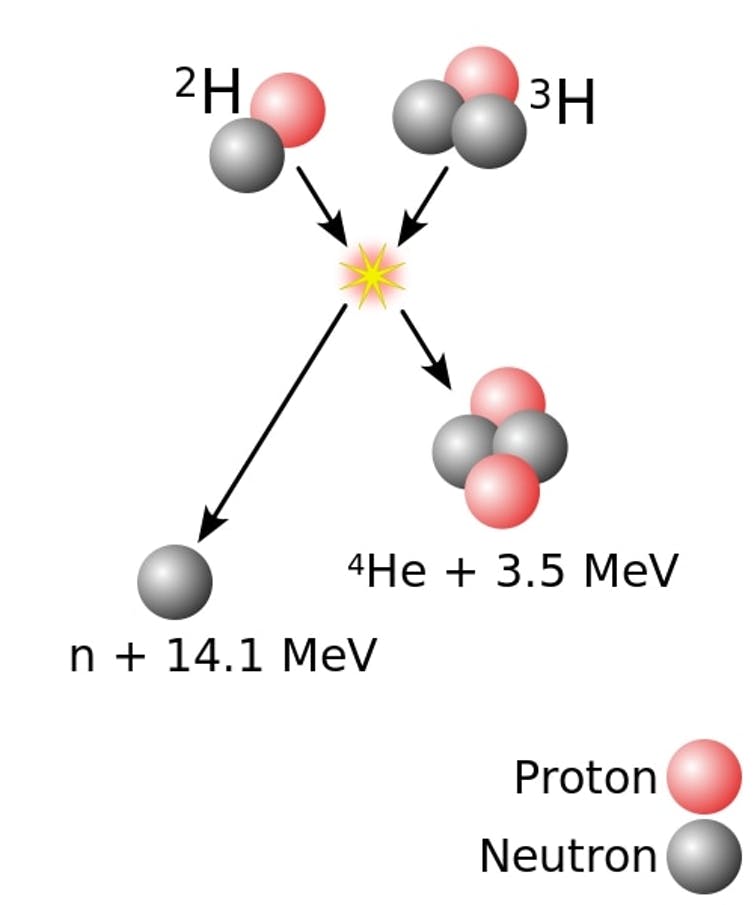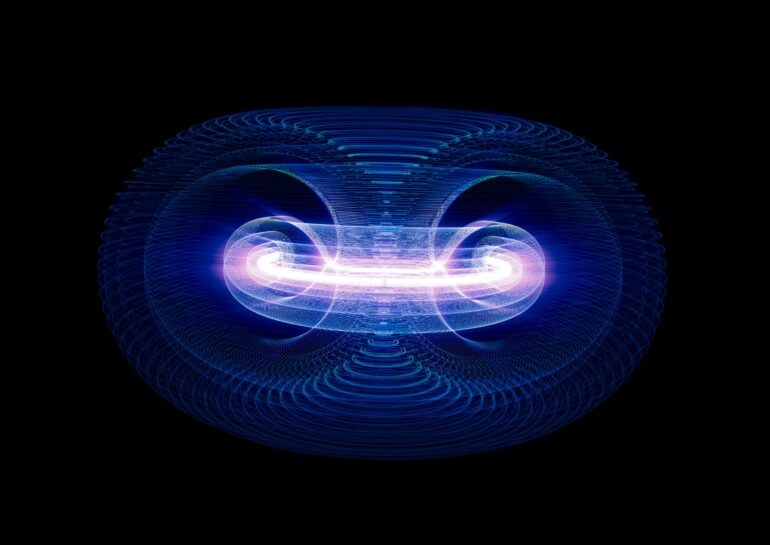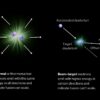Scientists at a laboratory in England have shattered the record for the amount of energy produced during a controlled, sustained fusion reaction. The production of 59 megajoules of energy over five seconds at the Joint European Torus – or JET – experiment in England has been called “a breakthrough” by some news outlets and caused quite a lot of excitement among physicists. But a common line regarding fusion electricity production is that it is “always 20 years away.”
We are a nuclear physicist and a nuclear engineer who study how to develop controlled nuclear fusion for the purpose of generating electricity.
The JET result demonstrates remarkable advancements in the understanding of the physics of fusion. But just as importantly, it shows that the new materials used to construct the inner walls of the fusion reactor worked as intended. The fact that the new wall construction performed as well as it did is what separates these results from previous milestones and elevates magnetic fusion from a dream toward a reality.

Fusion reactors smash two forms of hydrogen together (top) so that they fuse, producing helium and a high energy electron (bottom).
Wykis/WikimediaCommons
Fusing particles together
Nuclear fusion is the merging of two atomic nuclei into one compound nucleus. This nucleus then breaks apart and releases energy in the form of new atoms and particles that speed away from the reaction. A fusion power plant would capture the escaping particles and use their energy to generate electricity.
There are a few different ways to safely control fusion on Earth. Our research focuses on the approach taken by JET – using powerful magnetic fields to confine atoms until they are heated to a high enough temperature for them to fuse.
The fuel for current and future reactors are two different isotopes of hydrogen – meaning they have the one proton, but different numbers of neutrons – called deuterium and tritium. Normal hydrogen has one proton and no neutrons in its nucleus. Deuterium has one proton and one neutron while tritium has one proton and two neutrons.
For a fusion reaction to be successful, the fuel atoms must first become so hot that the electrons break free from the nuclei. This creates plasma – a collection of positive ions and electrons. You then need to keep heating that plasma until it reaches a temperature over 200 million degrees Fahrenheit (100 million Celsius). This plasma must then be kept in a confined space at high densities for a long enough period of time for the fuel atoms to collide into each other and fuse together.
To control fusion on Earth, researchers developed donut-shaped devices – called tokamaks – which use magnetic fields to contain the plasma. Magnetic field lines wrapping around the inside of the donut act like train tracks that the ions and electrons follow. By injecting energy into the plasma and heating it up, it is possible to…



